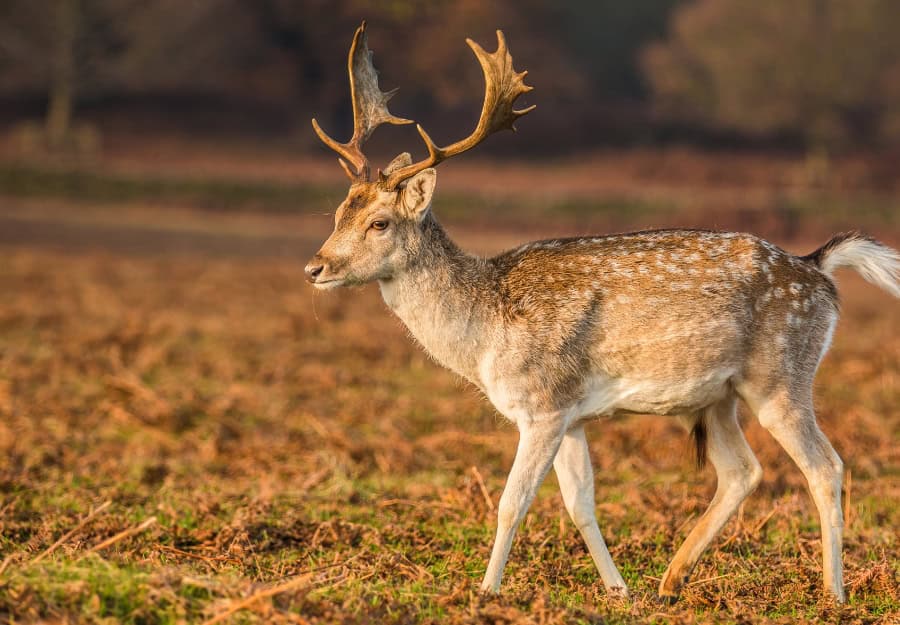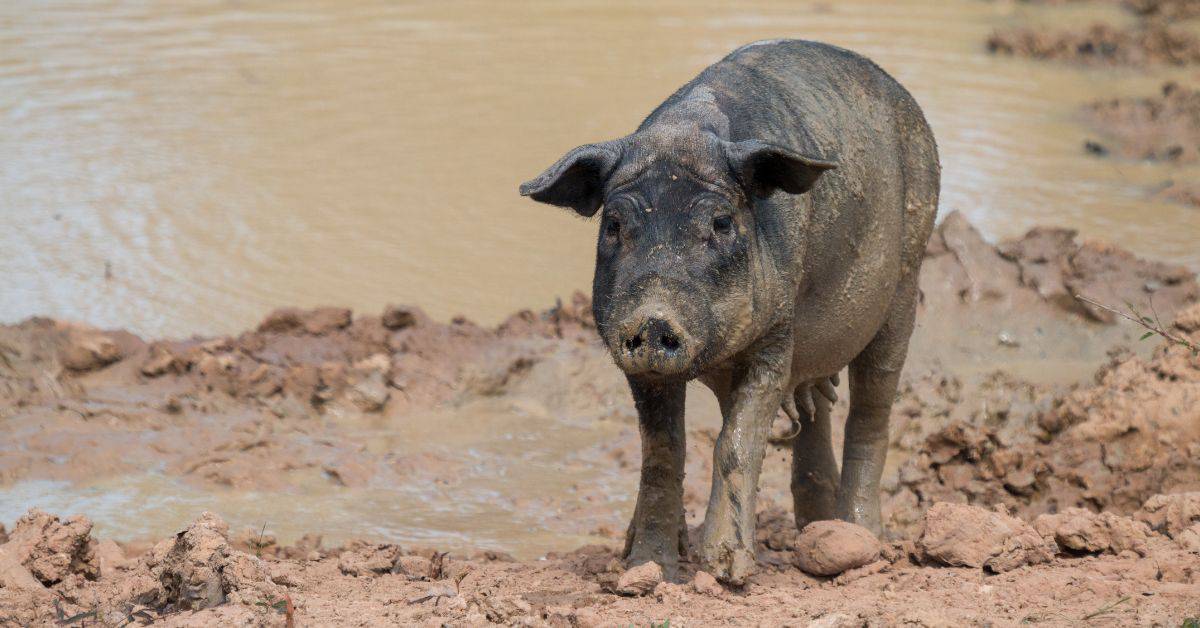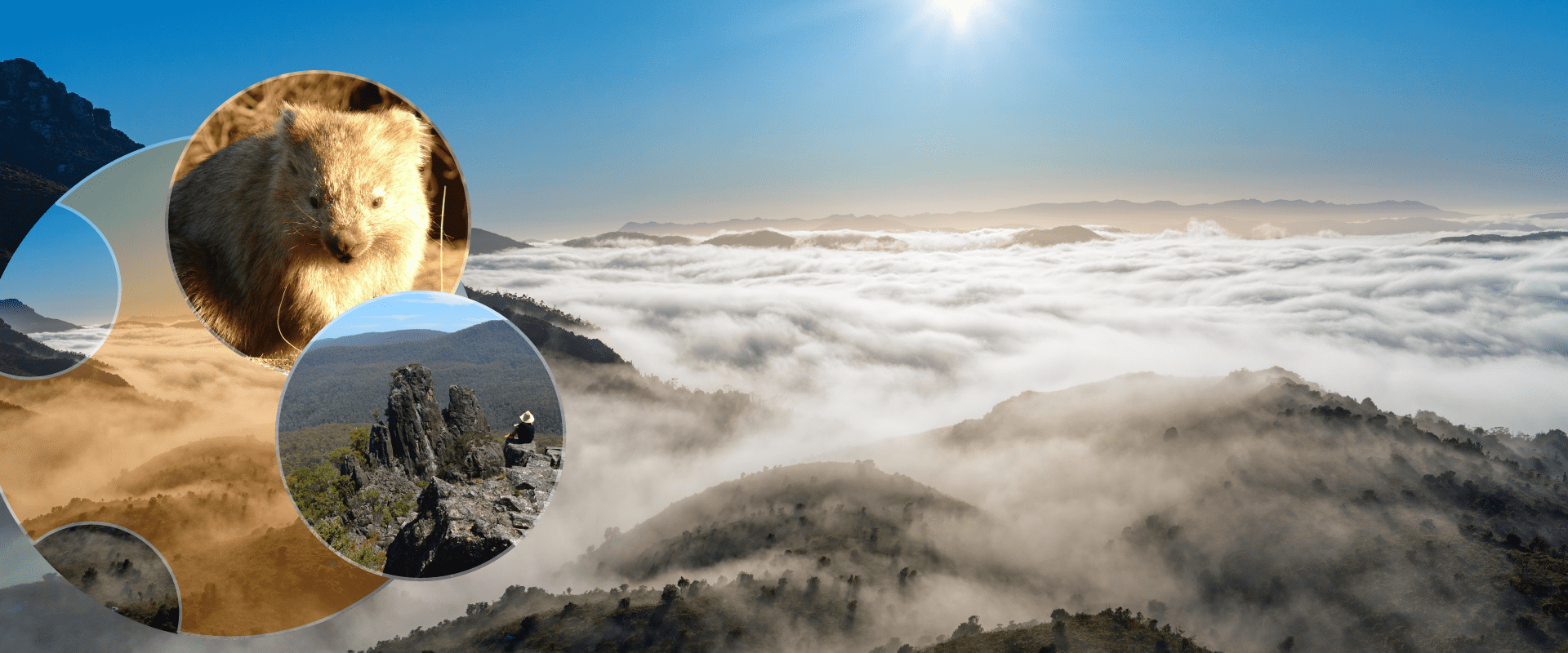Tasmania is a remarkable island state with native animals and plants found nowhere else on Earth. It has some of Australia’s most spectacular protected areas and highly valued agriculture, forestry and tourism sectors. However, highly damaging invasive species threaten the future health of our state’s environment, agriculture and economy.
Weeds like Spanish heath and gorse smother our native plants. Feral and roaming pet cats hunt and kill our birds and small mammals. Trees are stripped bare, streams eroded, and new vegetation is trampled by feral deer, which are spreading at an alarming rate.
Recently, the announcement of an early election called for March allowed us to bring the issue of damaging invasive species to the forefront of political discourse.
In the months prior, the notable departure of two backbenchers had pitched the government into a minority. While premier Rockliff hoped that calling an early election would secure him the majority once more, the expansion of the parliament from 25 to 35 made the likelihood of achieving the majority a challenge.
The election also presented a challenge for us.
The 5-and-a-half-week campaign timeline nearly a year ahead of schedule meant we had to kick into overdrive to take advantage of the opportunity given. The possibility of a minority government with more third-party and independent candidates offered a compelling opportunity to develop champions on invasive species issues in what boded to be a powerful crossbench.
We quickly developed our comprehensive policy document, which provided a roadmap for the next Tasmanian government to strengthen their biosecurity system and address priority environmental threats from invasive species.

As an island, Tasmania has a natural advantage. Islands offer a massive opportunity for eradicating and preventing the reintroduction of invasive animals, weeds, and pathogens.
With investment and commitment, Tasmania could become a wildlife revival success story, free of the worst invasive species. We developed some key priorities for the next government to capitalise on this advantage, including:
- Set an ambitious goal of no new extinctions in Tasmania and commit to regular statutory State of Environment reporting to parliament.
- Take action to reduce the impacts and spread of feral deer, including removing legal protection and eradicating them from the World Heritage Area, the Tasman and Freycinet peninsulas, Bruny and King islands, around Hobart, Launceston, and the northwest.
- Improve the management of cats to protect wildlife, including mandating pet cat containment and developing a comprehensive, funded statewide feral cat strategy.
- Declare feral goats as pests, eradicate feral pigs, and phase out ferrets as pets.
- Develop and fund a dedicated island eradication and recovery program with at least $10 million over four years.
- Increase funding for the Weeds Action Fund to $20 million over the next 4 years.
- Increase First Nations leadership and employment in invasive species management, including supporting the Tasmanian Aboriginal Centre’s Lungtalanana Cultural Restoration Project for cat eradication.
- Establish Biosecurity Tasmania as a separate, independent agency and create a dedicated Environmental Biosecurity Office within it.
On 23 March 2024, Tasmanians elected a hung parliament. With 14 seats to the Liberals and 10 seats to Labor, neither were able to form a majority government. The clear winners of the election were the minority parties and independents. Three independents, three Jackie Lambie Network, and five Greens candidates won seats across Tasmania. This crossbench now holds the balance of power, promising to usher in a new era of Tasmanian politics.
The Liberals have successfully brokered deals with the crossbench to guarantee confidence and supply. However, this government will prove to be interesting, as the crossbench has already sent a clear message when they elected a Labor Speaker of the House, the first non-government Speaker in more than 60 years.
This election result is a good outcome for us. The three independents have already indicated support on some of our issues. The Greens, who have been key allies in the parliament, have gained traction with three new seats. There are new ministers that may be more receptive to our work. As an American, coming from what often seems to be a largely defunct two-party system, this minority government poses an exciting prospect of a ‘true democracy’ and the chance to negotiate real improvements on invasive species and biosecurity policy.
Tiana Pirtle is the Conservation Officer — Tasmania for the Invasive Species Council.




